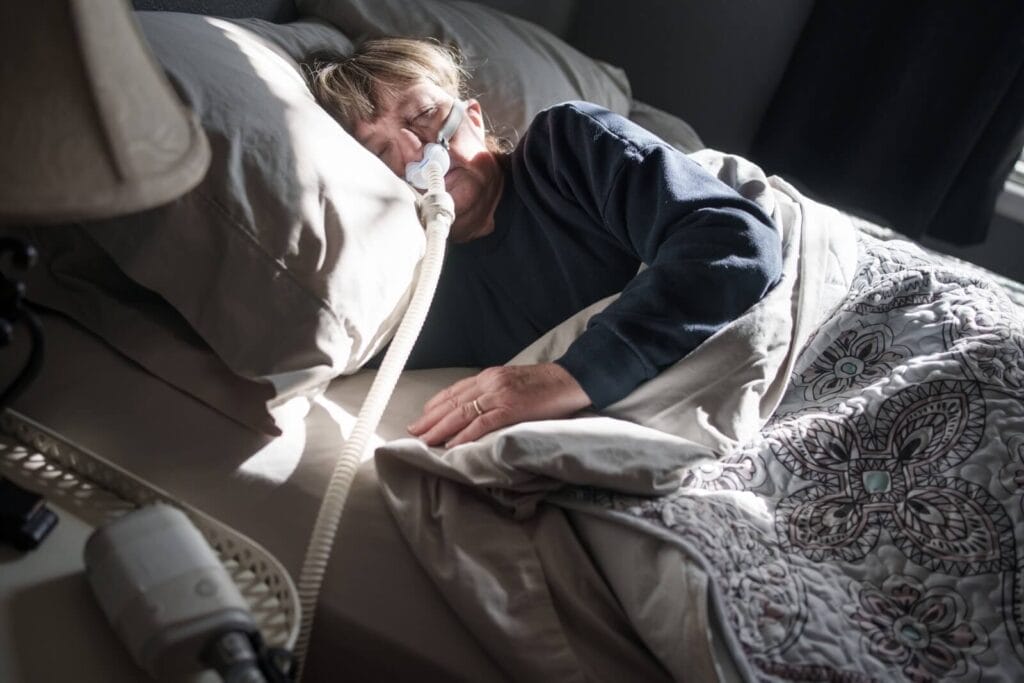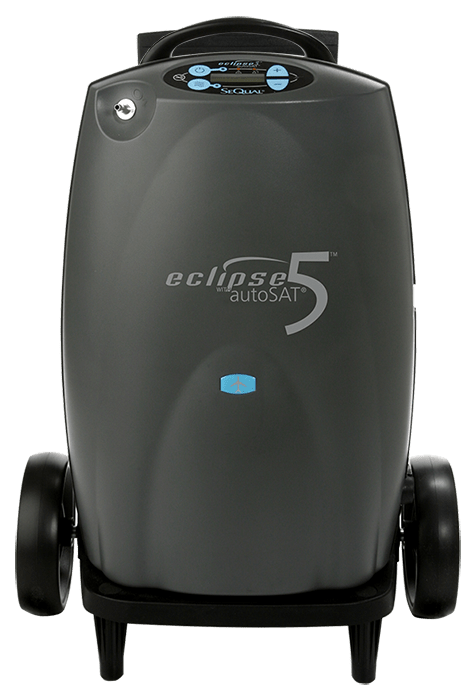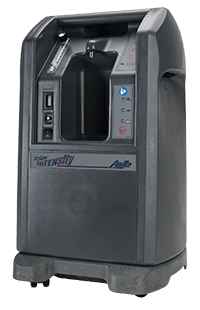
CPAP machines are often prescribed to help people with sleep apnea get a better night’s sleep. These devices are associated with many benefits, including a reduced risk of developing cognitive impairments, high blood pressure, and diabetes. Even with these benefits, many seniors struggle to use their machines because they find them inconvenient or uncomfortable. However, the right accessories and tools can make caring for and using your machine easier and more comfortable. Here are some CPAP machine accessories that might help you use your device and get better rest.
Cleaning supplies
Although specialized CPAP cleaners are available, manufacturers and the FDA do not recommend them. It is best to simply use mild dish detergent and water to clean your equipment, which is convenient and inexpensive.
CPAP tube cleaning brushes can make maintenance even easier. These brushes are designed to fit the tube and other openings of all CPAP machines. Some brushes are extra long so they can clean the entire length of the CPAP tubing.
Although the above is true for most CPAP machines and supplies, it’s best to check the manufacturer’s instructions on how best to clean your equipment, as they might recommend slight variations in maintenance.
Mask pads and liners
CPAP masks may be uncomfortable. They can irritate your skin, and if the mask moves and the seal is compromised, the machine’s effectiveness can be reduced. The air blowing on your face can also cause dry eyes.
A mask pad or liner can help. Here are different mask pads and liners you can use depending on the type of mask you have:
- Disposable mask liners for full-face masks (masks that cover your nose and mouth); these are designed to be thrown away after a few uses.
- Cloth mask liners for full-face or nasal masks that you can wash and reuse.
- Gel nose pads for any masks that cover the bridge of the nose; these prevent red marks and skin irritation.
- Nose pad liners for nasal masks.
Strap covers
It’s not just the mask that can get uncomfortable while you sleep: The straps can also leave marks on your face or cause irritation. Strap covers can help. They are designed to slide over the cheek straps to provide an extra layer of cushioning and stabilize the mask so it’s less likely to slide out of place as you sleep.
Generic strap covers work with all CPAP headgear. Pad a Cheek strap pads come with a wire tool to thread the pad onto the strap, while others use Velcro to secure the pad around the strap. Most strap covers can be used on most headgear. They are available in a range of colors and patterns.
Tubing accessories
Some users struggle with the tubing and air flow on their CPAP machine, whether the tubing gets tangled or yanked while they sleep or the air is uncomfortable to breathe. There are a lot of CPAP machine accessories specifically designed to make dealing with the tubing easier and breathing more comfortable. Consider trying out the following accessories:
- Tubing organizers keep the tubing away from your face while you sleep and organize it when not in use. A hose holder hangs the tube above your bed, which can prevent it from tangling while you sleep. A hose hook helps organize your tubing when it’s not in use. These generic organizers are compatible with all tubes.
- The SleepRes V-Com is a device placed between the mask and the hose that reduces inspiratory pressure. This tool reduces the feeling of claustrophobia and shortness of breath that some may experience by making the air pressure less overwhelming. It can also decrease noise and mouth leaks, eliminating the need for a chin strap. This tool is designed to work with all CPAP tubing. Check with your health care provider before using this accessory.
- Many CPAP machines come with the option to use heated tubing. These tubes add heat to the humidified air coming out of the machine, making it more comfortable to breathe and helping reduce dry mouth, dry nose, and CPAP rainout (condensation that may collect on the inside of the tube). Make sure to order a tube that is compatible with your machine.
Contoured pillows
Traditional pillows can be uncomfortable for CPAP users because they put pressure on the mask, tubing, and straps. They can also cause the equipment to shift out of place. A contoured pillow designed specifically for use with CPAP machines can help.
The CPAPMax pillow, for example, has cutouts to accommodate all CPAP users who like to sleep on their back or side. These cutouts allow room for the mask and tubing, keeping masks from slipping and tubes from getting in the way. The pillow also has a padded tube tether that can keep the tubing in place as you move around during the night.
Travel bags
If you travel regularly, it can be helpful to have a travel bag for your CPAP machine. Some devices have specialized travel bags, like the one for the AirSense 10 and 11 from ResMed, but there are also generic bags that can accommodate a wide range of CPAP machines.
CPAP backpacks are convenient for hands-free travel. This travel CPAP briefcase from Philips Respironics is handy for those who want to secure their CPAP bag on top of their wheeled carry-on suitcase. Both bags have separate laptop compartments, which is useful for business travelers.
Get the CPAP machine accessories that are right for you
You don’t necessarily need all the CPAP machine accessories on this list to make using and maintaining your machine more comfortable and convenient. Instead, it’s about finding accessories that encourage you to keep using your machine night after night so you can wake up feeling refreshed. Always check with your health care provider before using any accessories that affect the airflow of your machine.








